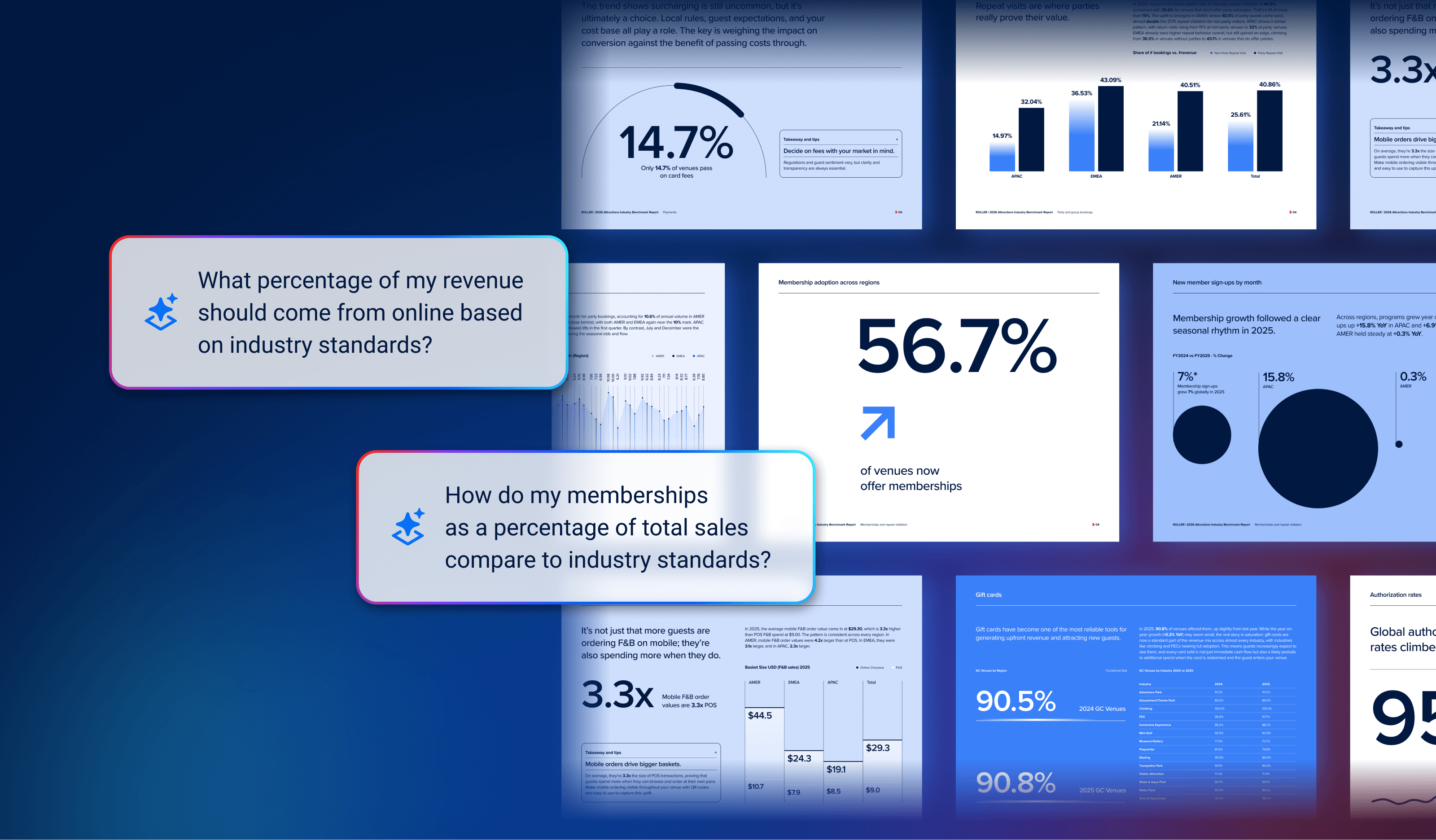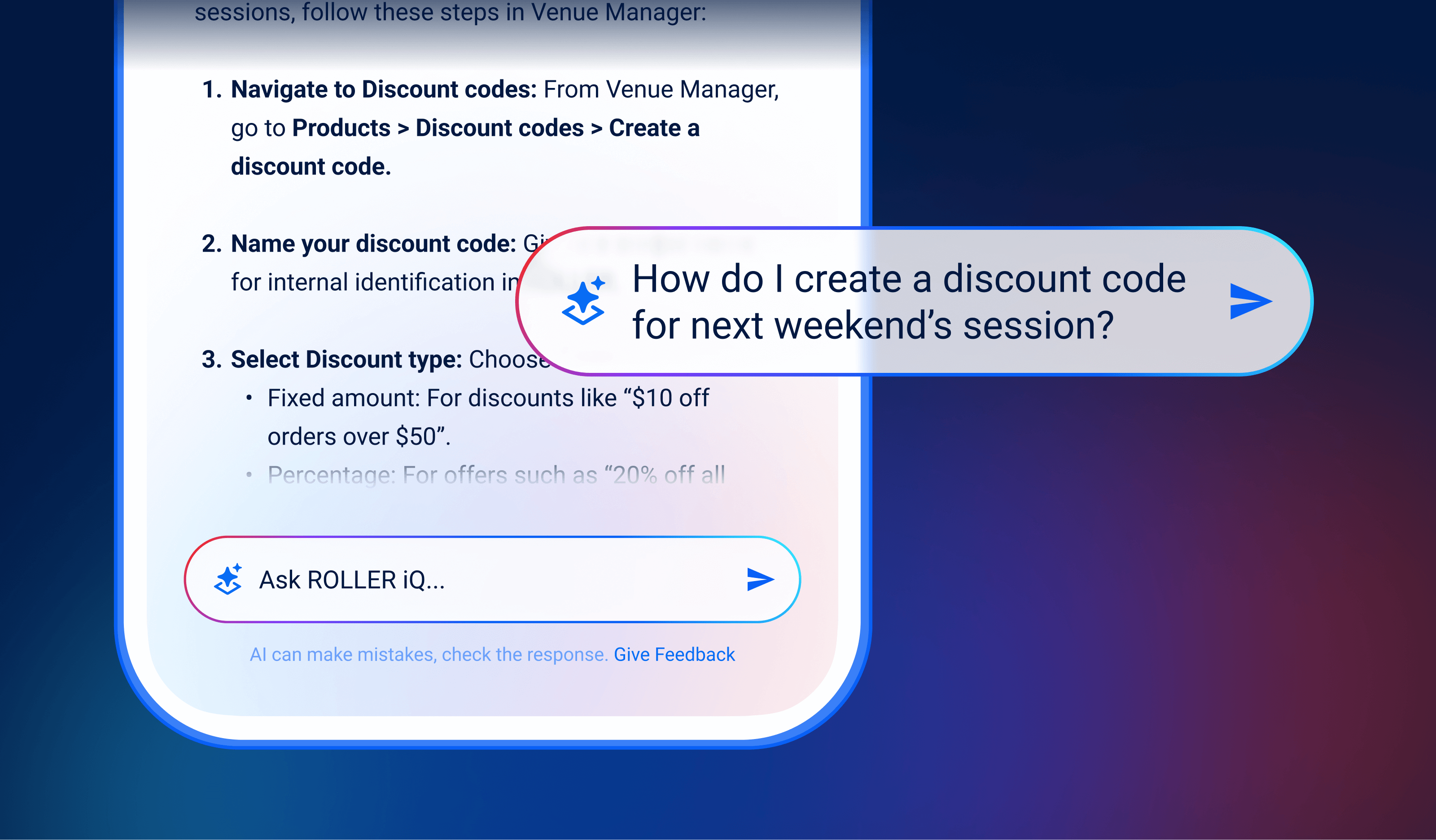Four ways attractions can better serve digital natives

According to Techopedia, a digital native is “an individual who was born after the widespread adoption of digital technology.” This means that the technology that previous generations had a steep learning curve with is more intuitive and second nature to those raised with digital technology in their daily lives. This results in great familiarity, which leads to different expectations than before.
These new expectations impact the attractions industry significantly. If systems are outdated or not up to speed with current trends, the business will lose relevance as new systems are introduced and adopted by their competitors.
To maintain relevance and best serve digital natives, here are four trends to consider for your business.
Mobile, mobile, mobile
As of 2021, more than 80% of web traffic is happening on mobile devices. If you aren’t optimized for mobile, you are not best serving your tech-savvy guests who make up a large portion of your target demographic. This means testing your website on all devices, whether desktop, tablet, or mobile, and across multiple manufacturers and web browsers that all display a slightly different browsing experience.
If you require a significant amount of scrolling or have pages with an abundant amount of text, you will lose engagement, especially for prospective guests who are researching on mobile. If guests cannot purchase tickets while they’re out and about, then there is no guarantee that they will be as committed when they get back home. You want to strike when the iron’s hot, which means that ticket sales, memberships, and birthday parties should all be optimized for mobile devices.
Digitize waivers
For attractions that require waivers, such as trampoline parks, ropes courses, and high-speed go-kart tracks, the process of getting guests to sign waivers can be a necessary burden that negatively impacts your efficiency. If guests arrive and are immediately handed a pen and paper that they must read thoroughly and sign in order to participate, it means that they are spending more time completing the functional requirement and less time having fun.
Instead, if your waivers are digitized, can be signed immediately after purchasing, and stored with their admission, then the work is done before the guest arrives onsite. This makes things easier on the business from an operational perspective, because fewer guests will be crowding your entrance to complete the waiver, and better for the guest because the necessary paperwork will have already been completed in advance, which will be recognized immediately when they arrive.
Buy online… onsite
If a guest arrives onsite and has not purchased admission tickets yet, they will have to wait in line just to make a purchase. Historically, this was normal, but with so many people purchasing in advance, having to buy onsite is now a friction point for your guests in the arrival experience. This also requires staffing an admissions counter or box office, which is a friction point for your business, as staffing is one of the largest challenges most operators are facing.
However, to minimize queues at admissions, even if guests are buying onsite, is to encourage them to use your mobile website, even though they are already on property. Creatively positioning QR that go straight to your online point of sale can get guests out of line, transact quickly on their phones, and proceed right in - just as if they made the purchase in advance.
Simplify feedback collection
“Excuse me, may I have a few minutes of your time to hear about your experience today?” The old-school method of staffing a surveyor with a pen and clipboard to conduct exit surveys is substantially outdated and has so many friction points to just get a single response. In today’s world, we are used to being prompted with a quick, simple survey that is easy for the customer, and because of how seamless the experience is, the volume of data ramps up.
We are prompted for feedback everywhere we go, and technology has made it much easier to collect large volumes of survey data with minimal friction. For example, using the Guest Experience Score and with the information you are likely collecting already, such as email and mobile phone number, you can easily prompt your guests after their visits for their feedback, and gain the intelligence you need to make ongoing improvements to your business and foster more meaningful relationships with your guests.
When looking at your own processes, are you equipped to best serve digital natives, or are you falling behind?
Related articles


Smarter Support With ROLLER iQ: Step-by-Step Help, Right When You Need It
.png)
What is an AI Business Assistant? (And How It Supports Growth for Attractions)
Enhance your guest experience
Get free education, tips and inspiration to help you run a successful venue.